Decoding the World of Chocolate: Surprising Revelations About the Irresistible Delight
Unveiling the Sweet Secrets: Delving into the Fascinating World of Chocolate
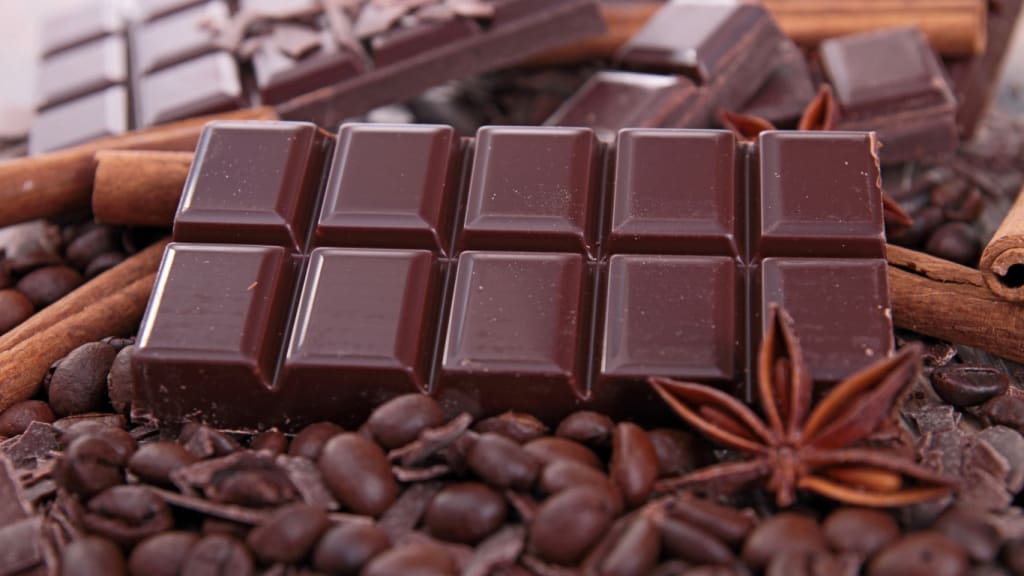
Introduction:
Chocolate, often hailed as one of the most delectable foods, captivates our taste buds with its rich and creamy goodness. However, there is much more to this beloved treat than meets the eye. From its labor-intensive production process to its diverse varieties, here are some intriguing facts that shed light on the fascinating world of chocolate.
The Hard Work Behind Chocolate:
The journey from cacao tree to chocolate bar involves immense dedication and hard work. Cacao beans must be carefully picked at the precise moment of ripeness. Following this, the beans undergo fermentation and drying to develop their rich flavor profiles. Approximately 400 cacao beans are needed to produce just one pound of chocolate. In the United States alone, an astounding 2.8 billion pounds of chocolate are consumed annually.
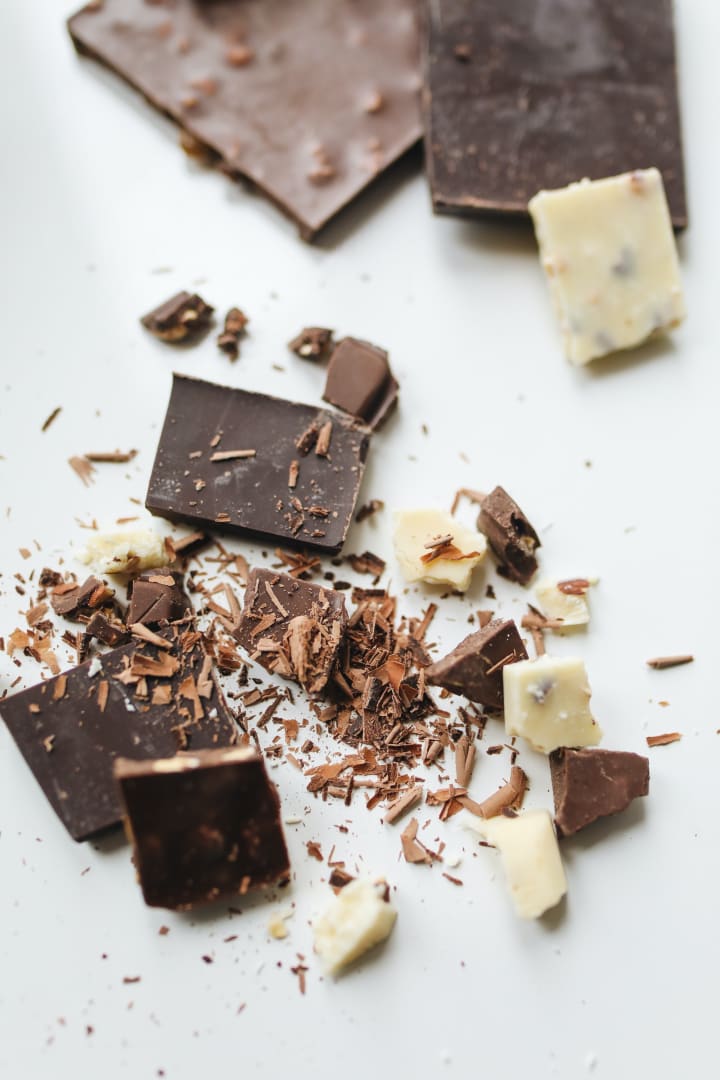
Chocolate in Films:
Chocolate has made appearances in unexpected places, including the world of cinema. In Alfred Hitchcock's "Psycho," chocolate syrup was used to mimic blood in the iconic shower scene. The famous chocolate river in "Willy Wonka and the Chocolate Factory" was created using real chocolate, albeit with added cream that caused it to spoil quickly.
Cultural Chocolate Traditions:
While Western societies often associate chocolates with Valentine's Day, where men gift heart-shaped assortments to their female partners, Japan has its own unique tradition. In Japan, it is customary for women to give their male co-workers "obligatory chocolate" called Beauty choco. Those who have boyfriends, husbands, or potential dates gift "true feeling chocolate" known as honmei choco.
The Dark Side of Chocolate:
While chocolate contains antioxidants, consuming excessive amounts in one sitting can have adverse effects. The theobromine present in chocolate, especially in large doses, can lead to heart failure, kidney damage, seizures, and even be fatal. It is important to enjoy chocolate in moderation.
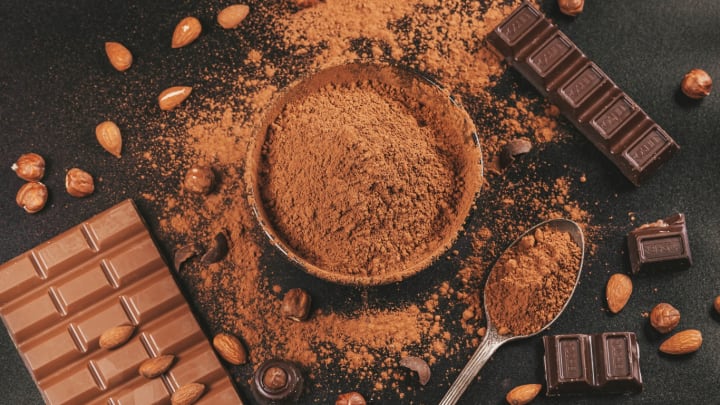
The Lifespan of the Cacao Tree:
The cacao tree has an impressive lifespan of approximately 200 years. However, it can only produce cacao beans for about 25 years. The tree faces various challenges, including diseases and pests, such as fighto pathogens that cause significant damage. Yet, certain bacteria strains, like streptomycin more onehans, can benefit the tree by preventing rot and speeding up seed germination.
Types of Cacao Beans:
There are three recognized types of cacao beans: Forastero, Criollo, and Trinitario. Forastero, the most commonly used type, accounts for 80-90% of global cacao production. Criollo, a rarer variety, is considered a delicacy but yields fewer crops due to its susceptibility to diseases. Trinitario is a hybrid of Forastero and Criollo.
The Melting Magic:
Chocolate's unique property lies in its low melting point. It melts quickly at around 86 degrees Fahrenheit, making it the only edible substance with such a low melting point. Temperatures exceeding 110 degrees Fahrenheit risk causing chocolate to become lumpy or grainy.
The Evolution of Chocolate:
Historically, chocolate was consumed as a liquid for nearly 90% of its existence. It only transformed into its solid form in the mid-19th century, thanks to Joseph Frey's discovery of adding melted cacao butter. The Industrial Revolution facilitated the mass production of machine-pressed chocolate, bringing us closer to the chocolate we enjoy today.
Cacao Currency:
In ancient Mesoamerican cultures, cacao beans were used as a form of currency. Both the Mayans and Aztecs recognized the value of cacao due to its rarity and low yield. Cacao beans were used for bartering, and their worth was determined based on different goods and services.
Hot Chocolate's Ancient Roots:
Hot chocolate has a long history dating back to the Mayans and Aztecs. They used cacao seeds to prepare ceremonial drinks. The Spanish conquistadors brought cacao beans to Europe, where the drink gained popularity among royalty and spread to different countries, eventually evolving into the hot chocolate enjoyed today.
Conclusion:
Chocolate's allure extends far beyond its taste. From the painstaking process of cacao cultivation to the diverse varieties available, the world of chocolate is filled with intriguing stories and surprising facts. As we savor each delectable bite, let us appreciate the labor, history, and cultural significance that contribute to the irresistible charm of this timeless treat.
About the Creator
Enjoyed the story? Support the Creator.
Subscribe for free to receive all their stories in your feed. You could also pledge your support or give them a one-off tip, letting them know you appreciate their work.


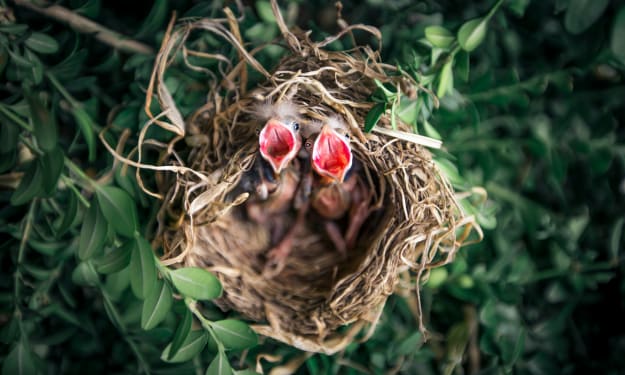

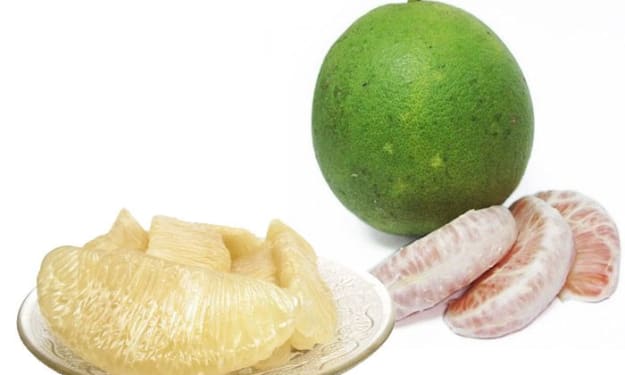
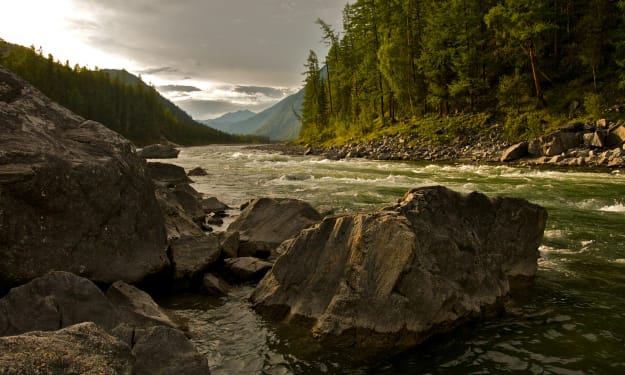
Comments
There are no comments for this story
Be the first to respond and start the conversation.